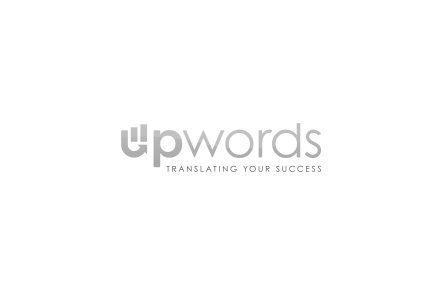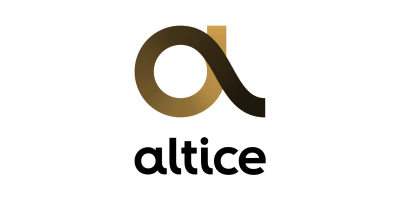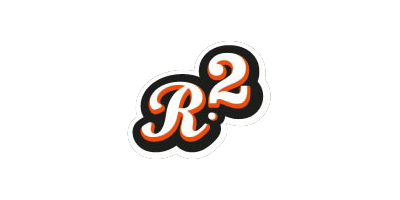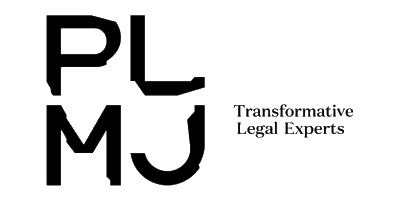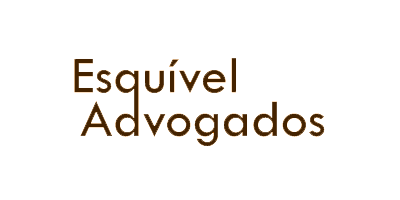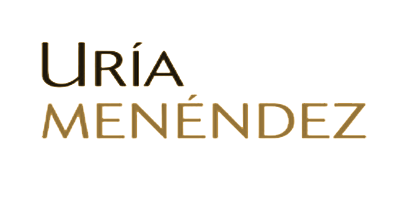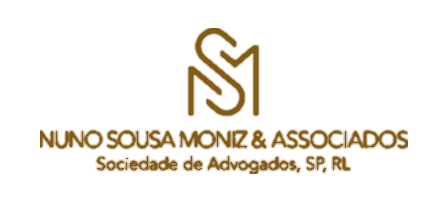If your clients belong to different language groups, it’s essential you have a multilingual website. This doesn’t mean including different languages in the same website, but having different versions of that website, each one in one language.
For instance, if your Portuguese company sells in Morocco, your website should have your original Portuguese version, a French version and a Moroccan Arabic version.
This is important because most buyers — 92% according to research by the European Commission — prefer to buy in their own language, even if they do speak English or another second language.
By creating new versions of your website in your prospects’ mother languages, you greatly increase the probability of their buying from you.
But there are several mistakes that can impair your chances. Here are four common mistakes you can make when creating multilingual content — and how to avoid them.
1. Neglecting your multilingual content strategy
Before you start hiring translation services and web designers, it’s important to know:
- Who you are targeting (what audience do you want to reach in this language?).
- Why you are targeting them (do you want to sell to them directly? to create brand awareness first? to attract partners?).
- What kind of content you need.
- Where you will publish it (your website? social media? partners’ websites? physical media?).
- When is the best time to publish it.
- How much will it all cost.
If you neglect creating, implementing and updating a content management strategy, you will end up spending more time and resources than you need to.
(By the way, here’s a good content strategy example.)
2. Showing country flags in your language menu
This may sound like a small thing, but you can be sure: many of your Moroccan customers won’t be happy to see a French flag indicating the French version of your website. Neither will some of the French-speaking Swiss, if you happen to sell in Switzerland. National and cultural identities are sensitive spots, and you don’t want to get on the wrong side of your prospects, so just use the language names. In this case, Français will do the trick.
3. Using the same keywords for different countries
“Camisola” means “t-shirt” in Portugal, but “nightgown” in Brazil. Americans wear “pants”, while the British wear “trousers”. So even if you are selling in two markets that speak the same language, ask your translation agency to create two different website versions to cater for local language variations — and improve your search engine optimization. Otherwise you risk never showing up in your prospects’ search engine results.
4. Forgetting cultural differences
There may not be a radical difference in how a Latin American and a Portuguese perceive certain gestures, colours, images and words. But if you are selling in a market with a very different culture to your home country, it’s important to pay attention to this. Models in bikinis are normal in Brazil, but might ruin your brand image in a Middle Eastern Country. The number “four” is harmless enough all across Europe, but in China it’s taboo and avoided at all costs (it sounds very much like the word for “death”.) Make sure you hire a translation company that will do their research, and instead of only translating, will adapt your material to your target markets. This will avoid embarrassing and costly cultural faux pas.
If you would like personalized advice about creating your multilingual websites, let us know — the Upwords translation and localization team will be happy to put their expertise at your service, and help you get your multilingual content just right.




